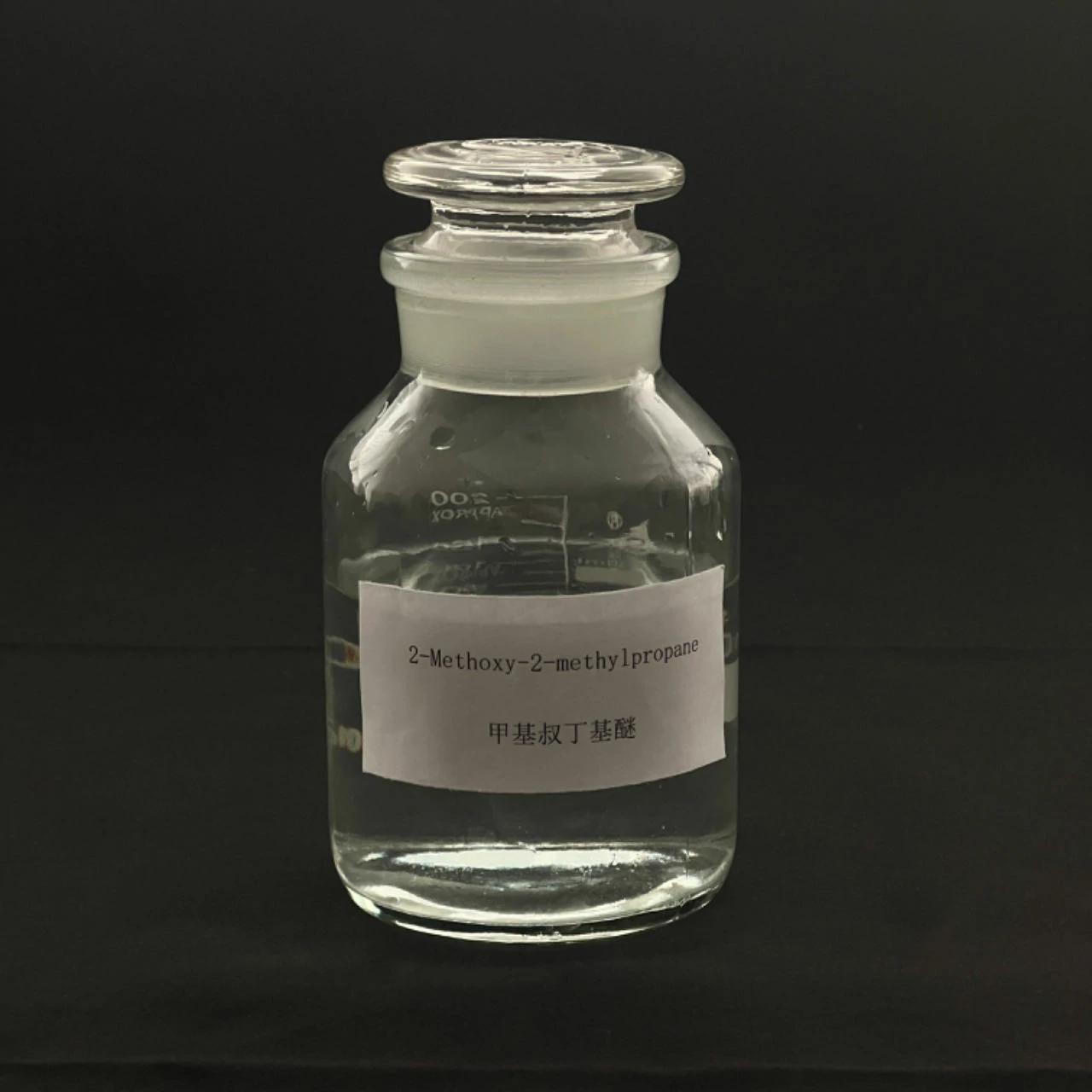2-Methoxy-2-methylpropane, also known as tert-butyl methyl ether (TBME), is a solvent commonly used in various organic reactions.
Its steric hindrance, stemming from the bulky tert-butyl group, can influence its catalytic activity in several ways:
- Substrate Accessibility: The steric hindrance imposed by the tert-butyl group can limit the accessibility of reactants to the catalytic site. In reactions where the substrate must access the active site of a catalyst, such as in enzyme-catalyzed reactions or transition metal-catalyzed transformations, the bulky tert-butyl group may hinder substrate binding and thus decrease the catalytic activity.
- Stability of Intermediates: In some catalytic reactions, intermediates may form during the course of the reaction. The steric hindrance of TBME can affect the stability of these intermediates. For instance, in radical reactions, the bulky tert-butyl group may stabilize radical intermediates by hindering the approach of other radicals, leading to enhanced selectivity or suppression of side reactions.
- Solvent Effects: The steric hindrance of TBME can also influence solvent-solute interactions in solution-phase reactions. For example, in polar reactions where solvation effects play a significant role, the bulky tert-butyl group may disrupt the organization of solvent molecules around reactants or intermediates, thereby affecting reaction rates and selectivity.
- Phase Transfer Catalysis: In phase transfer catalysis (PTC), where a catalyst facilitates the transfer of reactants between immiscible phases, the steric hindrance of TBME can affect the efficiency of the catalytic process. The bulky tert-butyl group may hinder the diffusion of reactants across the interface between the phases, leading to slower reaction rates or decreased selectivity.
- Enzyme Mimicry: In some cases, the steric hindrance of TBME may mimic the steric effects observed in enzyme-catalyzed reactions. For example, the tert-butyl group may impose constraints on the orientation of reactants or intermediates, leading to enhanced regio- or stereoselectivity in certain transformations.
Overall, the steric hindrance of 2-methoxy-2-methylpropane can have both positive and negative effects on its catalytic activity, depending on the specific reaction and the mechanism involved. Understanding these effects is crucial for optimizing reaction conditions and designing efficient catalytic processes using TBME as a solvent.
